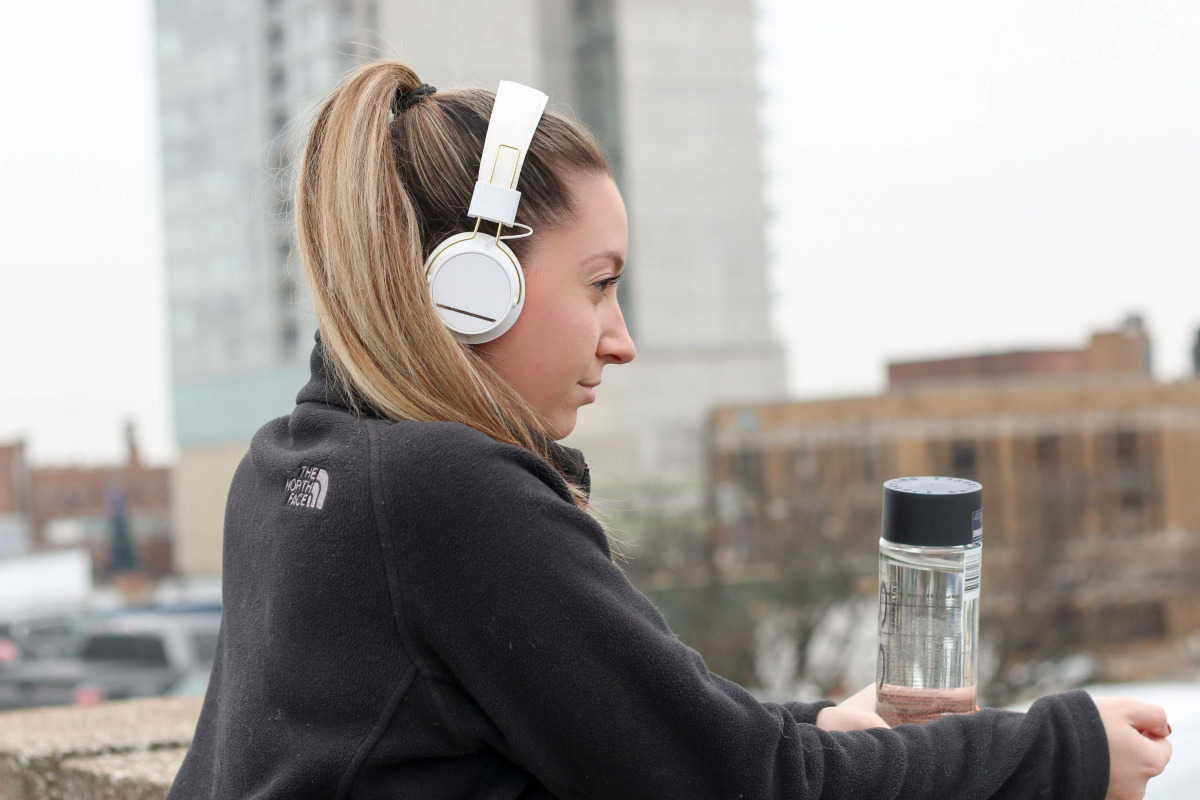
Sensory overload occurs when your brain gets more input from your five senses than you can process. For example, a loud party with multiple conversations, flashing lights, and music can lead to sensory overload. Anyone can experience sensory overload. However, it is more common to occur in people with autism spectrum disorder (ASD), sensory processing disorder (SPD), or post-traumatic stress disorder (PTSD).
Symptoms of Sensory Overload
When you are experiencing sensory overload, you may experience the following:
- Challenges with focusing
- Extreme feelings of irritability
- Feelings of discomfort and restlessness
- Urges to cover your eyes or ears to block sensory input
- Becoming overly excited or “wound up”
- Feelings of stress, fear, or anxiety regarding your surroundings
- Higher than usual levels of sensitivity to textures that may come in contact with skin
Causes of Sensory Overload
When the brain cannot interpret, prioritize, or process sensory input, you may experience sensory overload. After this occurs, the brain tells the body that it must get away from these sensory inputs. As a result, you experience discomfort and panic.
People with pre-existing conditions, such as SPD, may have a biological basis for sensory issues. According to the journal Neuroimage Clinical, children with SPD have differences in their brain structure. The journal states, “Microstructural abnormalities of fibers in primary sensory tracts and/or in tracts connecting multimodal association areas may result in loss of the precise timing of action potential propagation needed to accomplish accurate sensory processing.”
What Is a Sensory Meltdown?
When sensory overload becomes too overwhelming, it can lead to a sensory meltdown. However, sensory meltdowns are more likely to occur in adults with ASD or SPD. These meltdowns are an emotional response to the overload of sensory input that occurs during sensory overload.
Sensory meltdowns are often confused with tantrums. However, the two are not the same; meltdowns are more intense. Once a meltdown starts, it can feel impossible to stop and vary in intensity. Common signs of a sensory meltdown include the following:
- Uncontrollable crying and sobbing
- Hitting, kicking, punching, and biting (yourself, objects, or other people)
- Intense stimming behavior (most often seen in adults with ASD)
- Screaming
- Self-harm
Managing Sensory Overload
Some techniques can help you manage sensory overload. You may try the following methods:
- Keep a journal of specific triggers to work on avoiding in the future
- Ask other people to help reduce sensory inputs (for example, asking a friend to dim the lights in their home)
- Find safe places to escape sensory input
- Take breaks from work or school
- Drink water and eat a balanced diet
Sensory overload occurs when your brain cannot process sensory input. It can lead to uncomfortable feelings and sensory meltdowns. Sensory overload is most often seen in adults with autism spectrum disorder (ASD), sensory processing disorder (SPD), and post-traumatic stress disorder (PTSD). If you are struggling with trauma that leads to sensory overload, The Guest House can help you find healing. Our evidence-based treatment approaches can help you manage the symptoms of trauma and PTSD. For more information on our program, call The Guest House today at (855) 483-7800.